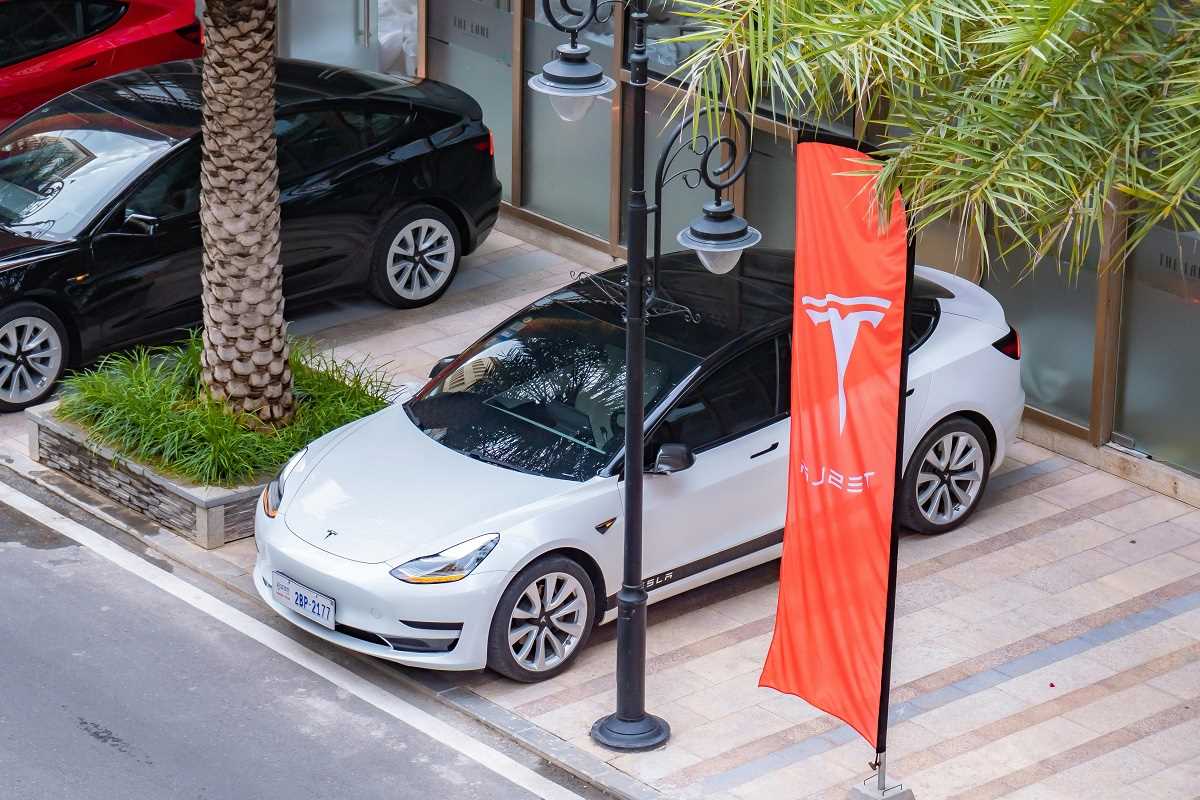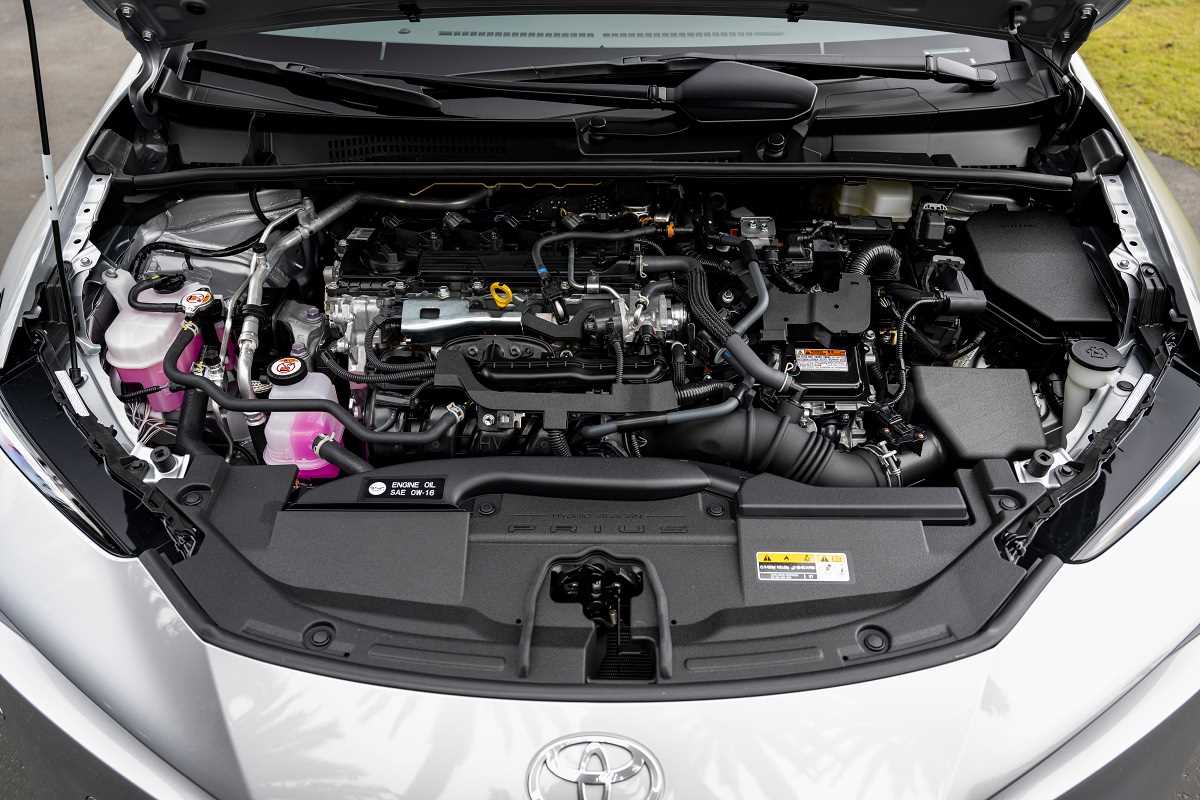The great American road trip is getting an electric upgrade. Taking an electric vehicle (EV) on a long-distance journey is more possible now than ever before. Concerns about finding a place to charge, known as "range anxiety," are fading as new infrastructure and dedicated travel networks emerge. These networks are making it simple to plan exciting adventures with your EV. You can now explore scenic routes and visit amazing destinations with confidence, knowing a charger is never too far away. This guide is here to walk you through the growing world of EV-friendly road trip infrastructure. We’ll explore the networks that support EV travel and show you how easy it is to plan your next eco-friendly getaway.
Understanding EV Charging Infrastructure
Embarking on an EV road trip requires a little planning, and the first step is understanding the charging landscape. Knowing the types of chargers available and where to find them is key to a smooth and stress-free journey. We’ve got you covered with a simple breakdown.
The Three Levels of Charging
EV chargers are categorized into three main levels, based on how quickly they can power up your vehicle's battery.
- Level 1 Chargers: These use a standard 120-volt household outlet. They are the slowest option, providing about 2 to 5 miles of range per hour of charging. Level 1 charging is great for overnight use at home or at a hotel but isn't practical for a quick stop on a road trip.
- Level 2 Chargers: These are the most common public chargers you'll find in places like shopping centers, parking garages, and hotels. They use a 240-volt outlet (similar to an electric dryer) and can add 10 to 25 miles of range per hour. They are a solid option for charging your vehicle while you enjoy a meal, shop, or stay overnight.
- Level 3 Chargers (DC Fast Chargers): These are the champions of road trip charging. DC fast chargers provide direct current (DC) power straight to your battery, offering a very rapid charge. They can add 100 to 250 miles of range in as little as 20 to 30 minutes. You'll find these powerful stations along major highways and key travel routes, making them essential for long-distance travel.
Finding a Place to Plug In
Locating chargers is simple with the help of dedicated apps and in-car navigation systems. Apps like PlugShare, A Better Routeplanner (ABRP), and Chargemap provide comprehensive maps of charging stations. They offer user reviews, real-time availability, and details on charger type and cost. Many EVs also have built-in trip planners that automatically route you through charging stations based on your destination and battery level.
Major Charging Networks Powering Your Trip
Several companies have built extensive networks of charging stations across the country. These networks are the backbone of EV road trip infrastructure, making it possible to travel coast to coast.
Electrify America
Electrify America has one of the largest and fastest-growing networks of DC fast chargers in the United States. Their stations are strategically placed along major interstates and highways, typically spaced about 70 miles apart. The company focuses on high-speed charging to get you back on the road quickly. Many automakers, like Volkswagen and Ford, have partnerships with Electrify America, sometimes offering new EV owners complimentary charging credits.
EVgo
EVgo is another major player, with a widespread network of both Level 2 and DC fast chargers. You'll often find their stations in convenient retail locations, such as grocery stores and shopping malls. EVgo is notable for its commitment to using 100% renewable energy to power its chargers, so you can feel extra good about your eco-friendly journey. The network offers various payment options, including pay-as-you-go and monthly subscription plans.
Tesla Supercharger Network
Tesla owners have access to the company's exclusive Supercharger network. This is one of the most extensive and reliable fast-charging networks in the world. The stations are seamlessly integrated with Tesla's vehicle navigation systems, making trip planning incredibly easy. Tesla has recently begun opening some of its Supercharger stations to non-Tesla EVs, which will significantly expand fast-charging options for all drivers.
Destination Networks: Where to Stay and Play
Beyond highway charging, a new trend is emerging: EV-friendly destination networks. Hotels, national parks, and tourist attractions are installing chargers to welcome EV drivers. This makes your destination just as prepared for your electric car as you are.
Hotels Charging Up
Major hotel chains are embracing the EV movement. Hilton, for example, has committed to installing thousands of chargers at its properties across North America. Marriott also has a growing number of hotels with EV charging stations. You can often find and filter for hotels with charging amenities when booking your stay online. This allows you to wake up with a fully charged vehicle, ready for the next leg of your adventure.
National Parks and Scenic Byways
Exploring natural wonders is a perfect fit for zero-emission travel. Recognizing this, the National Park Service and local communities are installing chargers at parks and along scenic routes. You can now find charging stations at popular destinations like Yosemite and Yellowstone National Park. The "Volts for Vistas" initiative in Washington State is a great example, adding chargers along beautiful byways to encourage electric tourism. This infrastructure invites you to explore stunning landscapes without worrying about your battery.
Planning Your First EV Road Trip
Ready to hit the road? Planning your EV road trip is an empowering and exciting process.
- Choose Your Route with Charging in Mind: Use an app like A Better Routeplanner (ABRP) to map out your journey. Enter your EV model, starting battery level, and destination. The app will create a custom route that includes all the necessary charging stops, estimating how long you'll need to charge at each one.
- Pack Your Charging Adapters: Most public chargers use a standard connector (J1772 for Level 2, CCS or CHAdeMO for DC fast charging). Your car will come with the right equipment, but it’s always smart to have adapters, especially if you plan to visit a Tesla station that is open to other EVs.
- Embrace the Journey: Charging stops are a natural part of the EV road trip experience. Think of them as built-in breaks to stretch your legs, grab a snack, or explore a new small town you might have otherwise driven right past.
 (Image via
(Image via
.jpg)




